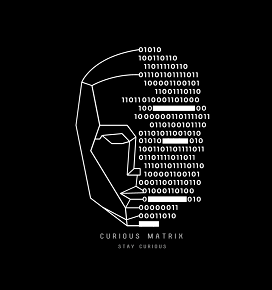
In the United States, there’s a common misconception about how presidents are elected. While many Americans believe they directly elect the president through their votes, the reality is more complex.
When Americans vote for president, they aren’t directly voting for their preferred candidate. Instead, they’re voting for a group of electors who have pledged to support their candidate of choice.
Simply said, these electors, collectively known as the Electoral College, are the ones who officially elect the president and vice president. And this process has been a cornerstone of American presidential elections since 1788.
However, in recent times, many Americans wonder what our nation would look like without it.
Namely, the system allows 538 people to determine who becomes president, sometimes contradicting the popular vote, as seen in the 2000 and 2016 elections.
And, recent polls show that 58% of Americans support amending the Constitution to determine the president by popular vote instead.
This change would transform how candidates campaign, how voters engage with elections, and potentially alter the very fabric of American democracy.
And so, let’s first see TL;DR (we know our articles are too long sometimes), and then we’ll continue to dissect each and every detail.
Interesting fact: The Electoral College system has led to five instances in U.S. history where a presidential candidate won the popular vote but lost the election. The most recent examples occurred in 2000 (Al Gore vs George W. Bush) and in 2016 (Hillary Clinton vs Donald Trump).
TL;DR
Abolishing the Electoral College would create a direct popular vote system for electing the president. Campaigns would spread nationwide rather than focusing mostly on swing states. Every vote would count equally, regardless of location. Close elections might require nationwide recounts. Small states would lose some influence while population centers would gain power. The change would require a constitutional amendment or the success of the National Popular Vote Interstate Compact. The two-party system might evolve to include more viable parties. Voter participation could increase as more Americans feel their votes matter.
The Current Electoral System and Its Limitations
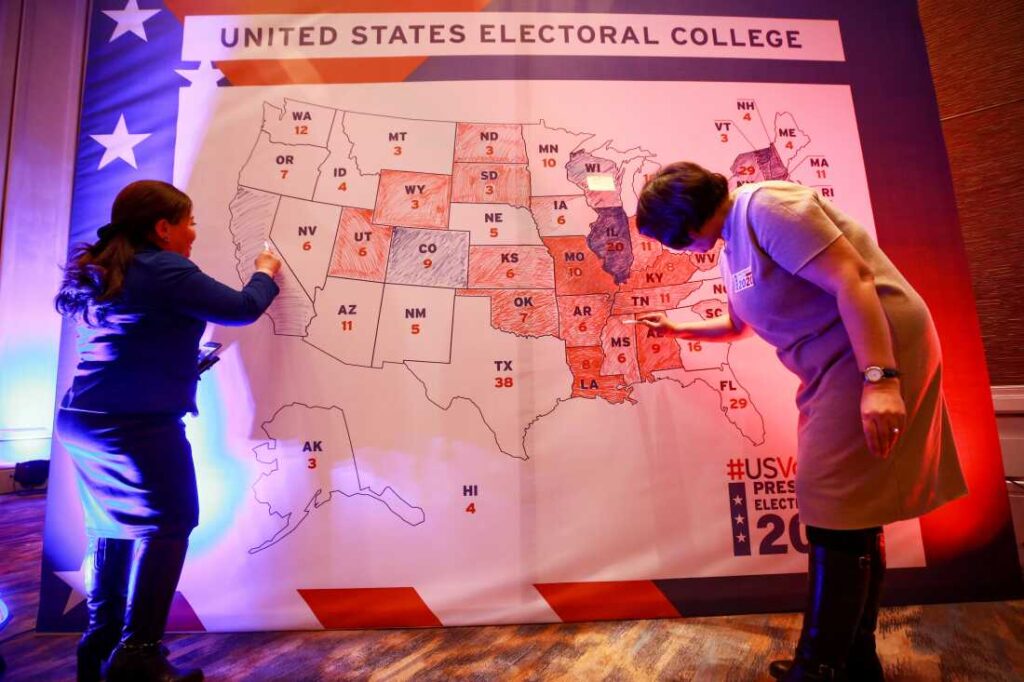
The Electoral College emerged as a compromise between having Congress elect the president and using the popular vote. Each state receives electoral votes equal to its number of Representatives and Senators, with most states using a winner-take-all approach.
And did you know that the United States stands alone among democratic nations in this regard – it’s the only democratic country where a presidential candidate can win the most votes yet lose the election.
This peculiarity has prompted over 700 proposed amendments to modify or abolish the Electoral College throughout American history.
Interesting fact: In 1979, the Senate came within just three votes of passing an amendment to establish a direct popular vote for president.
How Abolishing the Electoral College Would Change Presidential Campaigns
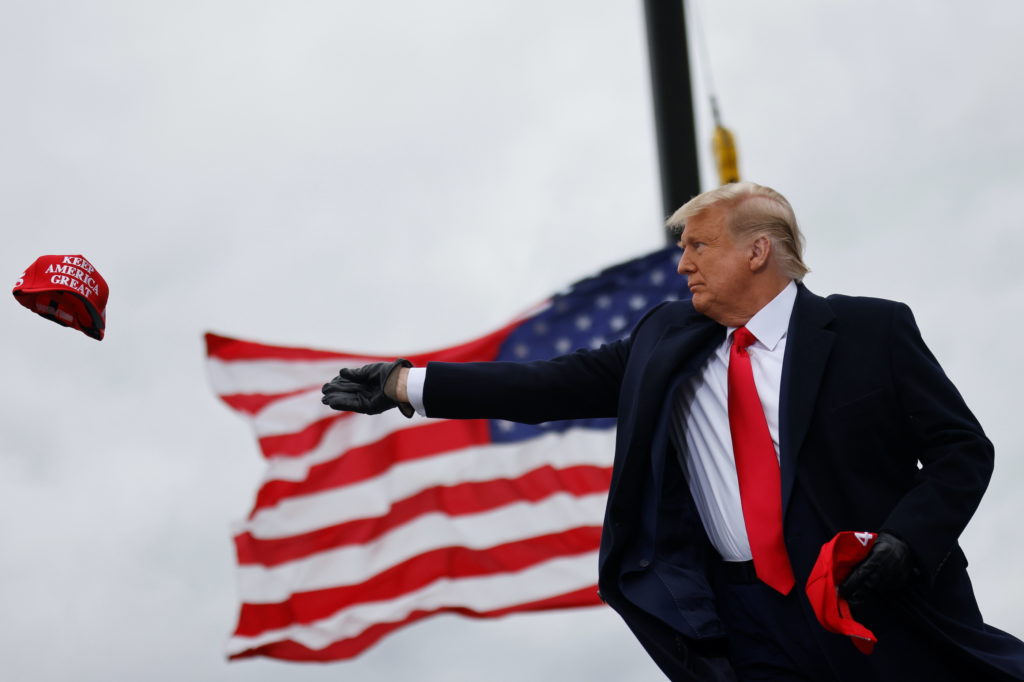
Without the Electoral College, presidential candidates would need to rethink their entire approach. Currently, they focus resources on “battleground states” while largely ignoring states that reliably vote for one party.
The Electoral College makes campaigning more efficient by allowing candidates to concentrate on swing states.
If abolished, candidates would need to appeal to voters nationwide.
Imagine a Republican candidate spending significant time in California or a Democrat heavily campaigning in Texas.
The Cost Factor

Campaigns would likely become more expensive as candidates would need to reach voters across all 50 states rather than focusing on a few battleground states.
Television advertising would shift from saturating swing states to broader national campaigns. Digital strategies would take on even greater importance as campaigns try to reach specific voter demographics regardless of location.
Interesting fact: The Electoral College system makes presidential campaigns more affordable by allowing candidates to focus resources on just a handful of competitive states rather than all 50.
The Small Margins Problem

One of the most challenging consequences of abolishing the Electoral College would be handling close elections. Currently, recounts typically occur only in swing states with narrow margins.
In a national popular vote system, even tiny vote differences across all 50 states would matter.
Imagine a scenario where the national vote difference is just 50,000 votes out of 150 million cast.
Well, every district in every state would face intense scrutiny. Recounts might be demanded in thousands of counties simultaneously, creating a logistical nightmare that could take months to resolve.
Standardizing Election Procedures

States currently maintain different voting systems, ballot designs, and counting procedures. Without the Electoral College, these differences would become problematic in close elections.
The nation would need to standardize election procedures to ensure consistent vote counting nationwide.
Picture election officials in rural Alaska and downtown Chicago following identical protocols for counting ballots, storing them, and conducting recounts – a level of standardization that doesn’t exist today.
Interesting fact: Under the current Electoral College system, the precise margin of victory in most states doesn't matter since states award all their electoral votes to the first-place finisher regardless of whether they win by 1 vote or 1 million votes.
A Workaround Solution
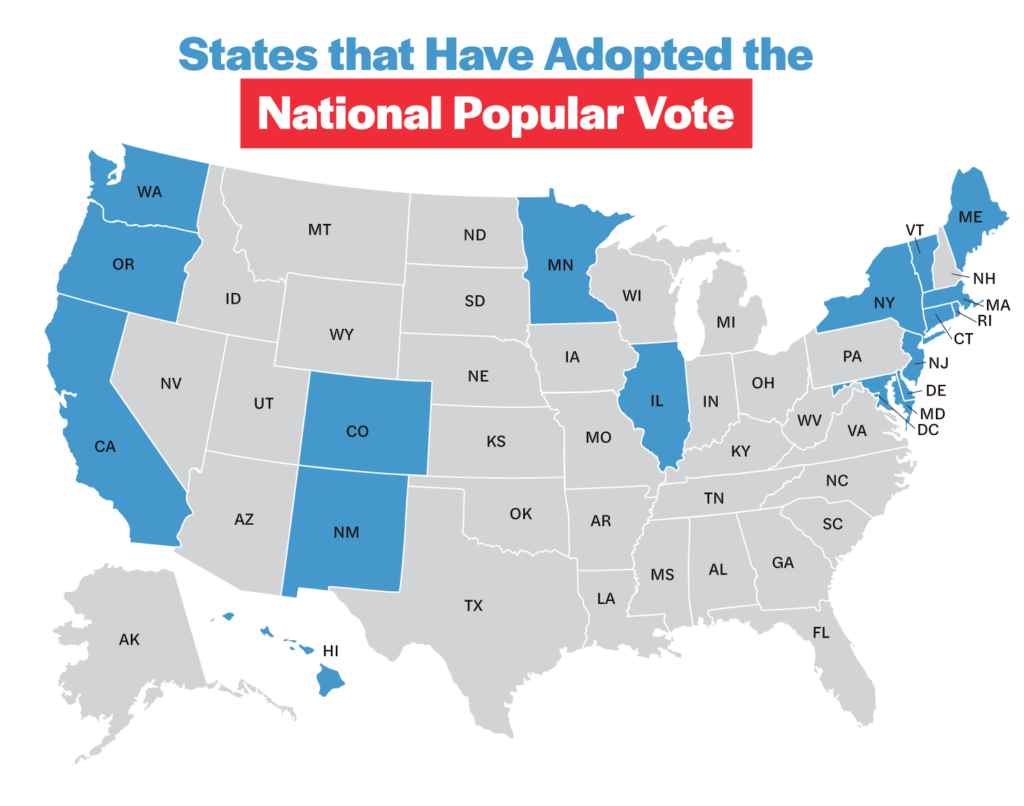
Rather than amending the Constitution, some states have pursued an alternative path through the National Popular Vote Interstate Compact (NPVIC).
This agreement commits participating states to award their electoral votes to the winner of the national popular vote, regardless of who wins within their borders.
So far, 15 states and the District of Columbia have joined this compact, though it only takes effect when enough states join to reach 270 electoral votes, which is the threshold needed to win the presidency.
Currently, the compact remains well short of this goal, needing an additional 74 electoral votes to become operational.
Constitutional Challenges
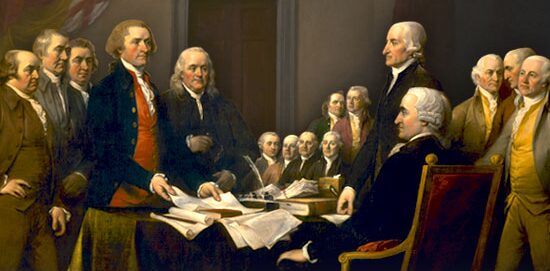
The NPVIC faces potential legal problems. Namely, critics argue it attempts to circumvent the constitutional amendment process. If activated, the compact would likely face immediate court challenges questioning its constitutionality.
Imagine the chaos that might follow if the compact took effect and a state’s electors voted for a candidate who lost that state by a wide margin.
Well, in that case, voters might feel disenfranchised, and state officials might refuse to certify the results, creating a brutal constitutional crisis.
Interesting fact: The Constitution doesn't specify how states must award their electoral votes, which has allowed Maine and Nebraska to use a different system than the winner-take-all approach used by most states.
Impact on Voter Participation and Engagement
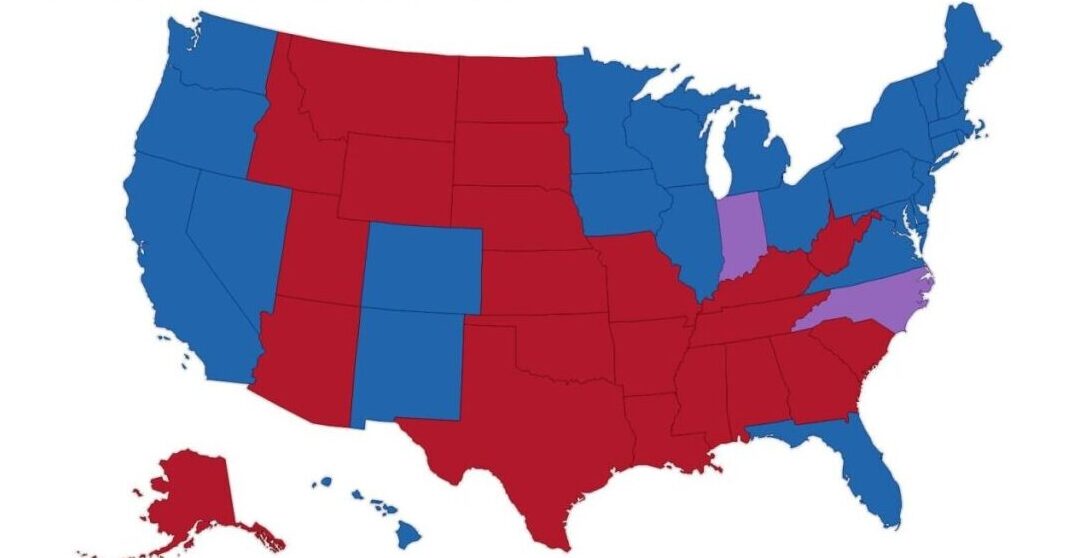
One argument for abolishing the Electoral College is that it would make more Americans feel their votes matter. Currently, voters in solidly “red” or “blue” states may feel their individual votes have little impact on the presidential outcome.
With a national popular vote, a Republican in California or a Democrat in Alabama would have the same influence on the outcome as voters in traditional swing states.
This change might boost voter turnout in states that have historically been ignored in presidential campaigns.
Changing Voter Behavior
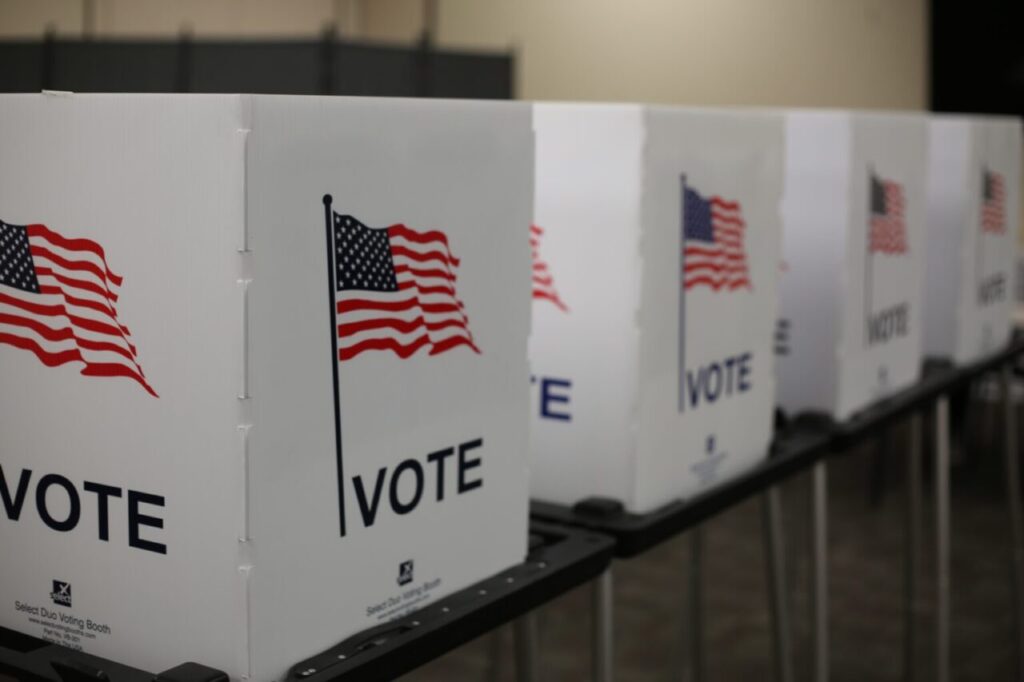
Voters might approach elections differently without the Electoral College. Third-party candidates could gain more support since voters wouldn’t worry about “wasting” their votes in a winner-take-all state system. This could lead to more diverse political viewpoints entering the national conversation.
For example, picture an election where five candidates each receive significant portions of the popular vote, forcing major party candidates to address issues they might otherwise ignore.
Interesting fact: A September 2020 Gallup poll found that 61% of Americans favored abolishing the Electoral College, though that number dropped slightly to 58% by September 2024.
Geographic Power Shifts

Without the Electoral College, population centers would gain significant influence in presidential elections. Cities and densely populated states would become prime campaign targets due to their large voter concentrations.
Critics worry this would diminish the voice of rural America in selecting the president.
Supporters, on the other hand, state that the current system gives disproportionate power to less populated states, as each state receives a minimum of three electoral votes regardless of population.
Regional Concerns

The Electoral College forces candidates to build geographically diverse coalitions to win. Without it, candidates might focus on issues important to population centers while paying less attention to regional concerns.
Imagine a famine affecting farmers in the Midwest receiving minimal attention from presidential candidates because campaigning in Los Angeles, New York, and Chicago offers more votes per dollar spent.
Well, not a nice situation, is it?
Interesting fact: If the Electoral College were eliminated, presidential candidates would likely focus their campaigns on the most populated areas, potentially diminishing the influence of smaller states in the election process.
The Constitutional Amendment Process
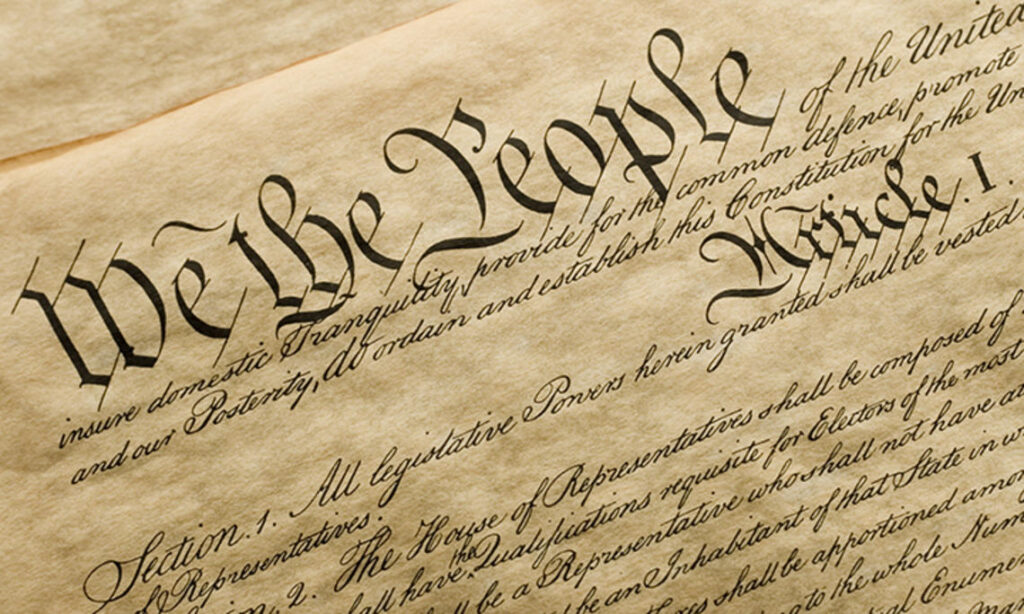
Abolishing the Electoral College would require amending the Constitution, and this is a process requiring two-thirds approval in both houses of Congress plus ratification by three-fourths (38) of the states.
This high threshold makes abolishing the Electoral College extremely difficult. Smaller states that benefit from the current system would likely oppose such an amendment, making it challenging to reach the required 38 states for ratification.
Previous Attempts
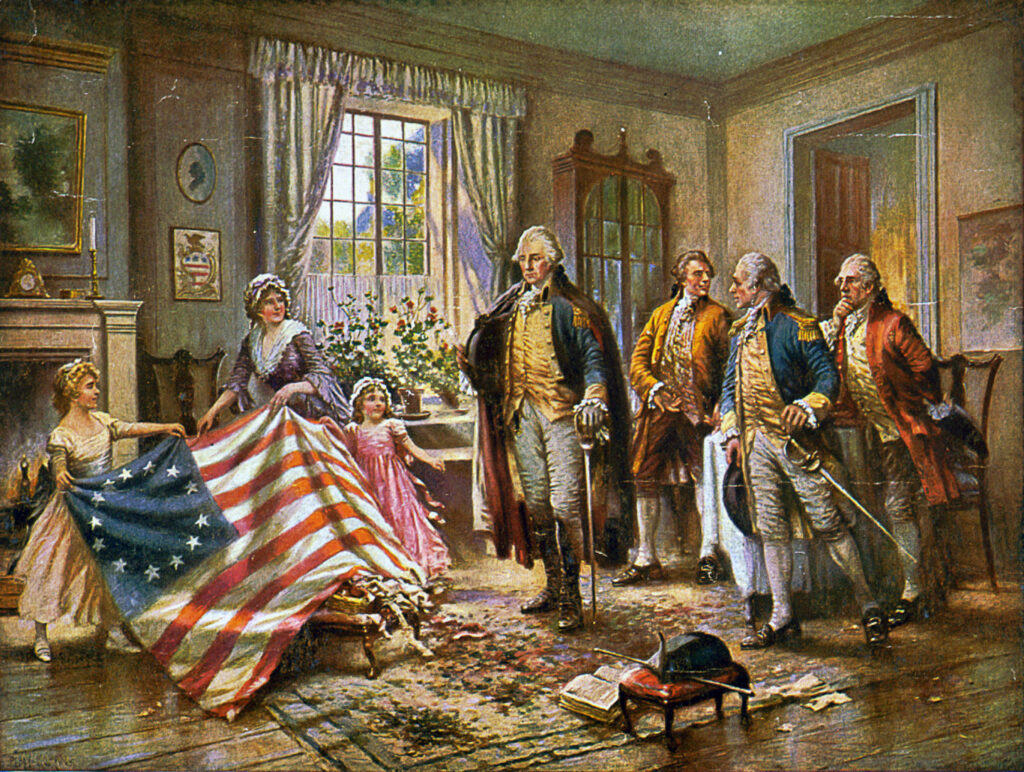
Congress has come close to passing such amendments before. In 1934, an amendment to abolish the Electoral College fell just two Senate votes short of passage.
In 1979, another attempt failed by just three votes.
These near misses show that significant support for change has existed throughout American history.
As mentioned previously, over the past two centuries, more than 700 proposals have been introduced to either eliminate or significantly modify the Electoral College.
Interesting fact: During the 95th Congress alone (1977-1978), legislators proposed 41 amendments related to changing or abolishing the Electoral College.
Historical Perspective and Founding Intentions

The Electoral College emerged from the Constitutional Convention as a compromise. The founders worried about direct democracy leading to mob rule, but they also feared giving Congress too much power in selecting the president. The Electoral College was designed to provide a buffer between the people and the presidency.
Alexander Hamilton wrote in Federalist No. 68 that the Electoral College would ensure “the office of President will never fall to the lot of any man who is not in an eminent degree endowed with the requisite qualifications.“
The system was meant to prevent unqualified populists from gaining power through demagoguery.
Yet the system has evolved far from its original design. The founders envisioned electors as independent thinkers who would deliberate and choose the best candidate.
Today, electors are generally party loyalists expected to vote according to their state’s results.
The Slavery Connection
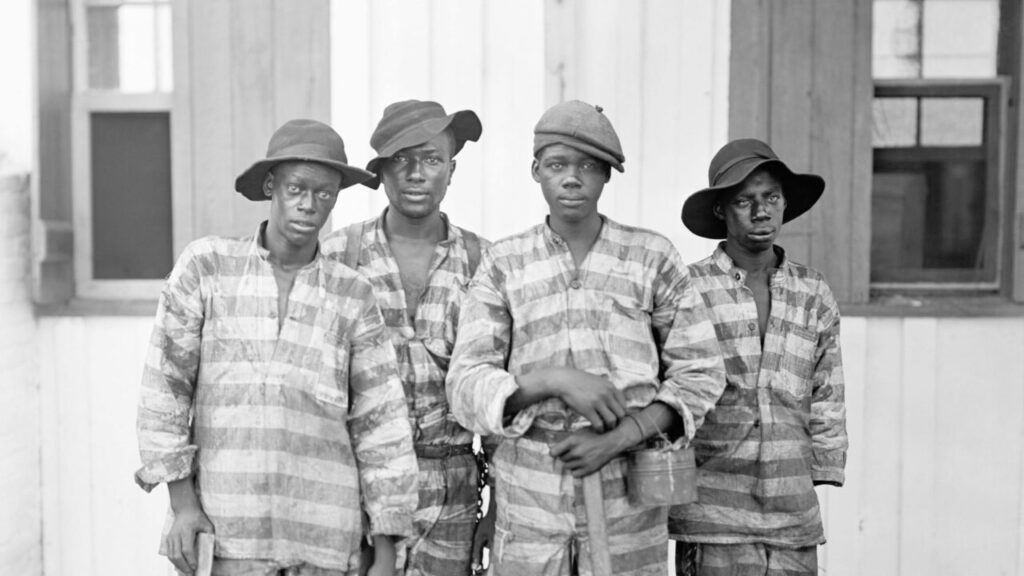
The Electoral College also had connections to slavery. The Three-Fifths Compromise allowed southern states to count enslaved people (as three-fifths of a person) toward their population totals, increasing their representation in Congress and the Electoral College.
This gave slave states disproportionate power in selecting the president.
James Madison acknowledged this reality during the Constitutional Convention when he noted that direct popular election would disadvantage the South “in proportion as they have slaves.”
The Electoral College helped protect southern interests by giving slave states more influence than they would have had under a direct popular vote.
Interesting fact: Four of the first five presidents were Virginians, partly due to Virginia's enhanced electoral power from counting enslaved people in their population totals.
And so…
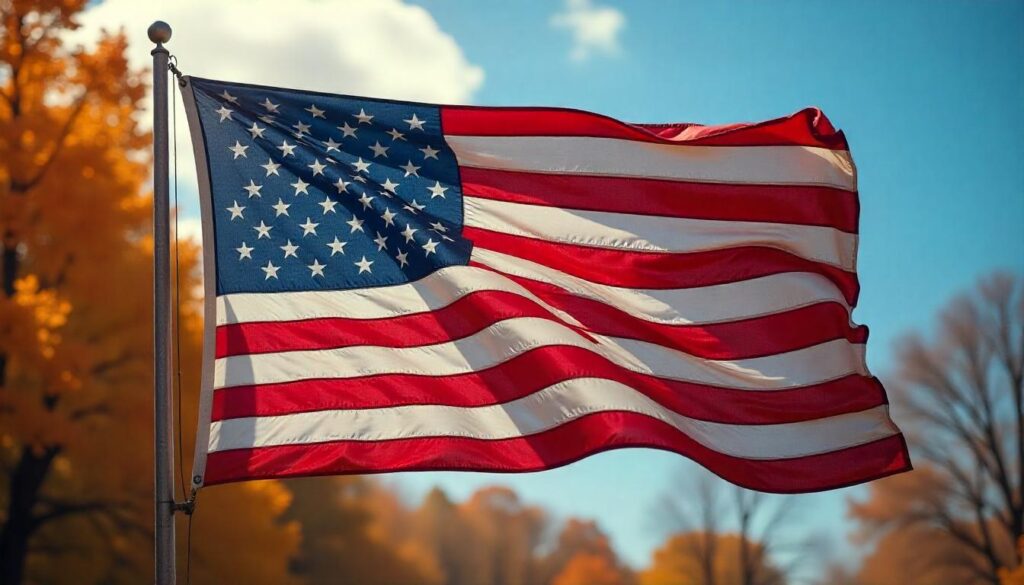
Abolishing the Electoral College would fundamentally change American presidential elections. Campaigns would spread nationwide rather than focusing on swing states. Every vote would count equally, regardless of state.
Close elections would present new challenges in vote counting and certification.
While the path to abolishing the Electoral College remains difficult, the conversation and curiosity continue.
And it really might happen sooner rather than later. Whether this would be a better or worse scenario for the average U.S. citizen, we cannot know.
But that’s exactly why we need to think deeply and hypothesize about such topics.
Interesting fact: Jesse Wegman, author of "Let the People Pick the President," argues that representative democracy in the 21st century is fundamentally about political equality - the principle that everybody's vote should count equally.




























